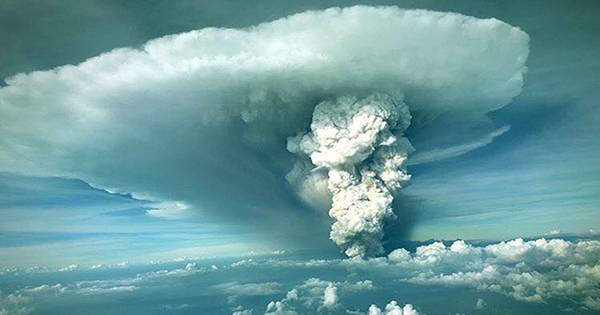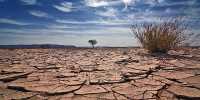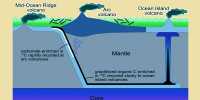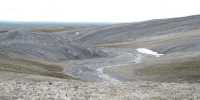The World Meteorological Organization (WHO) on Monday released their annual Greenhouse Gas Bulletin, which reveals that the concentration of carbon dioxide (CO2) in the Earth’s atmosphere has led to a breakdown of the global margin of 410 parts per million (ppm), up from 407.9 parts ppm in 2018. The trend is undeniably driven by human activities, such as burning fossil fuels, deforestation, and deforestation.
The concentration of greenhouse gases in the Earth’s atmosphere has risen to record new highs in 2019 and will continue to rise again this year, despite the expected reduction in emissions due to the global Covid-19 lockdown.
At the record-breaking peak of 2019, it looks like the trend will continue into 2020. Some scientists hope that emissions from Kovid-19 will significantly reduce greenhouse gas emissions by 2020 after the recession. During the most intense period earlier this year, the global daily CO2 emissions fell by 17 percent. The slowdown in industrial activity is expected to reduce annual global emissions from 4.2 percent to 7.5 percent in 2020.
Its impact on greenhouse gas emissions and atmospheric concentrations is a very short-term and very long-term problem. It is predicted that 2020 will still see carbon dioxide concentrations increase globally, albeit at a slightly slower pace than in the past few years. In other words, although Covid-19 had a short-term effect on greenhouse gas emissions, the decline is not outside the realm of general variability and the planet is still pumping carbon dioxide at a relentless rate.
Carbon dioxide contributes too much to the global warming caused by greenhouse gases in the atmosphere, igniting fossil fuels, and other human activities that have been in the atmosphere for centuries. In other recordings this year, the Mauna Loa Observatory in Hawaii recorded the highest monthly reading of atmospheric CO2 recorded back in May, recording a seasonal spike in atmospheric CO2 at 417.1 ppm.
Last year also saw an average increase in methane, especially the powerful heat-trapping greenhouse gas that has remained in the atmosphere for less than a decade. Nitrous oxide, a greenhouse gas, and ozone-depleting chemical have also seen a similar increase in average growth rates over the past 10 years.
“The Earth last experienced a comparative concentration of CO2 3 to 5 million years ago, when temperatures were 2 to 3 degrees Celsius higher and sea levels were 10 to 20 meters higher than they are now. But there weren’t 7.7 billion inhabitants here, “Professor Taalas explained.
“The COVID-19 epidemic is not the solution to climate change. But it also provides a platform for more sustainable and ambitious climate action to reduce emissions to net-zero through a complete transformation of our industrial, energy, and transportation systems. Necessary changes are economically affordable and technically possible and will only slightly affect our daily lives. It is to be welcomed that a growing number of countries and organizations have committed themselves to carbon neutrality,” Taalas explained.
















